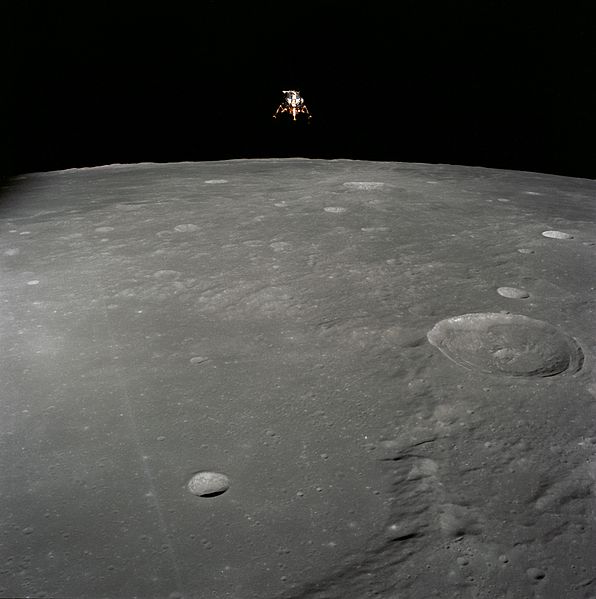Timeline of Solar System exploration
This is a timeline of Solar System exploration ordering events in the exploration of the Solar System by date of spacecraft launch.
It includes:All spacecraft that have left Earth orbit for the purposes of Solar System exploration, including lunar probes.
A small number of pioneering or notable Earth-orbiting craft.
Charted timeline of Solar System exploration, as of December 2014
Sputnik 1 – First Earth orbiter
Vostok 1 – First crewed Earth orbiter
Mariner 2 – First successful Venus flyby
The physical exploration of the Moon began when Luna 2, a space probe launched by the Soviet Union, made a deliberate impact on the surface of the Moon on September 14, 1959. Prior to that the only available means of exploration had been observation from Earth. The invention of the optical telescope brought about the first leap in the quality of lunar observations. Galileo Galilei is generally credited as the first person to use a telescope for astronomical purposes; having made his own telescope in 1609, the mountains and craters on the lunar surface were among his first observations using it.
Apollo 12 Lunar Module Intrepid prepares to descend towards the surface of the Moon. 1969 NASA photo by Richard F. Gordon Jr.
A study of the Moon from Robert Hooke's Micrographia, 1665
The earliest surviving daguerrotype of the Moon by John W. Draper (1840)
Photo of the Moon made by Lewis Rutherfurd in 1865








